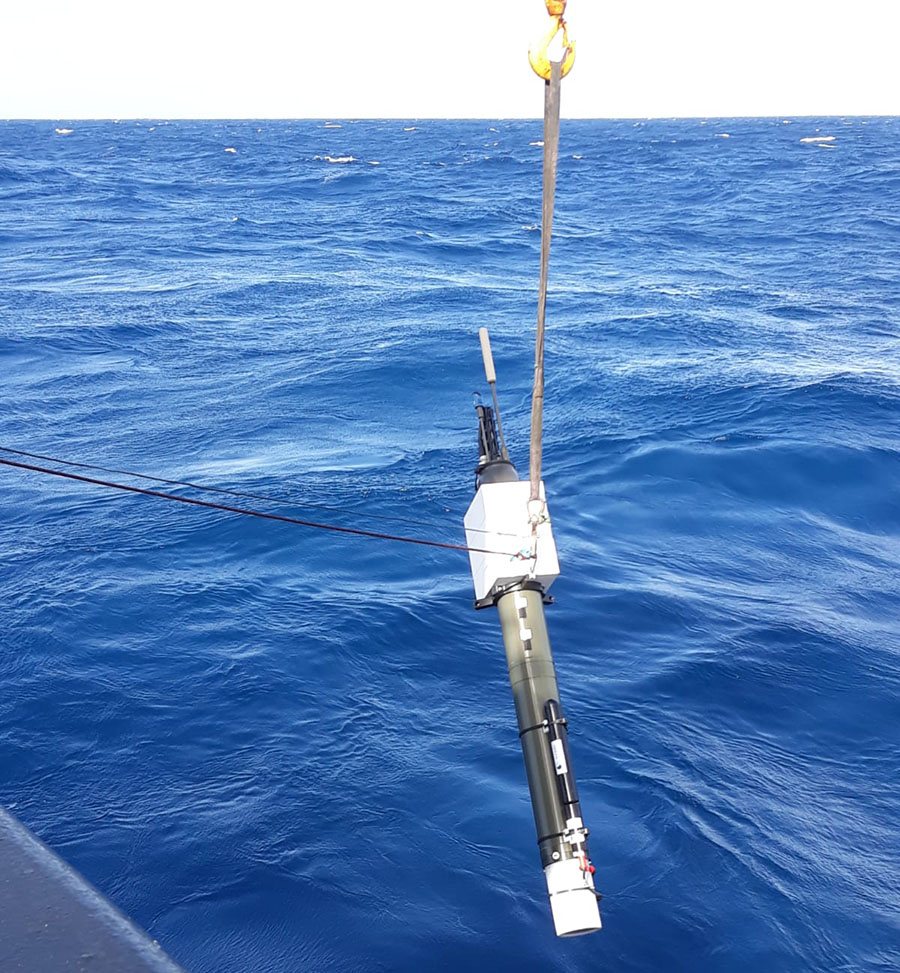Global ocean sinking carbon flux and variability (GLOBESINK)
Principal Investigator: Dr Nathan Briggs National Oceanography Centre
Summary
The GLOBESINK project will improve our ability to answer the big question: "How will storage of carbon by sinking ocean particles change in the future?". GLOBESINK will address this big question using a new "big data" approach.
We will do this by dramatically increasing the number of sinking particle flux measurements in the ocean, by approximately 10-fold. GLOBESINK will achieve this by applying its own innovative statistical methods to 10s of millions of particle measurements made by a new global fleet of over 200 drifting underwater robots.

Using this new dataset, we will directly calculate the total global carbon stored and how this amount has varied in time and space over the past decade. This information will be combined with key measurements of particle size, rate of particle breakup, temperature, and oxygen concentration, all hypothesised to be important drivers of carbon storage, in order to assess whether and how these drivers should be included in global climate models.
Impact
Improving our ability to answer this big question could have wide-reaching impacts on climate, fisheries, and biodiversity.
The scientific advances of GLOBESINK and the unique global dataset it will produce will be of broad interest to a range of scientific disciplines including climate modelling, biogeochemistry, biogeochemical modelling, marine ecology, ocean optics and sediment transport.
Background
The long-term storage of carbon in the deep ocean by sinking particles is a key piece of the global carbon cycle, playing a critical role in setting atmospheric CO2 levels, driving ocean de-oxygenation, and delivering food to deep ocean ecosystems.